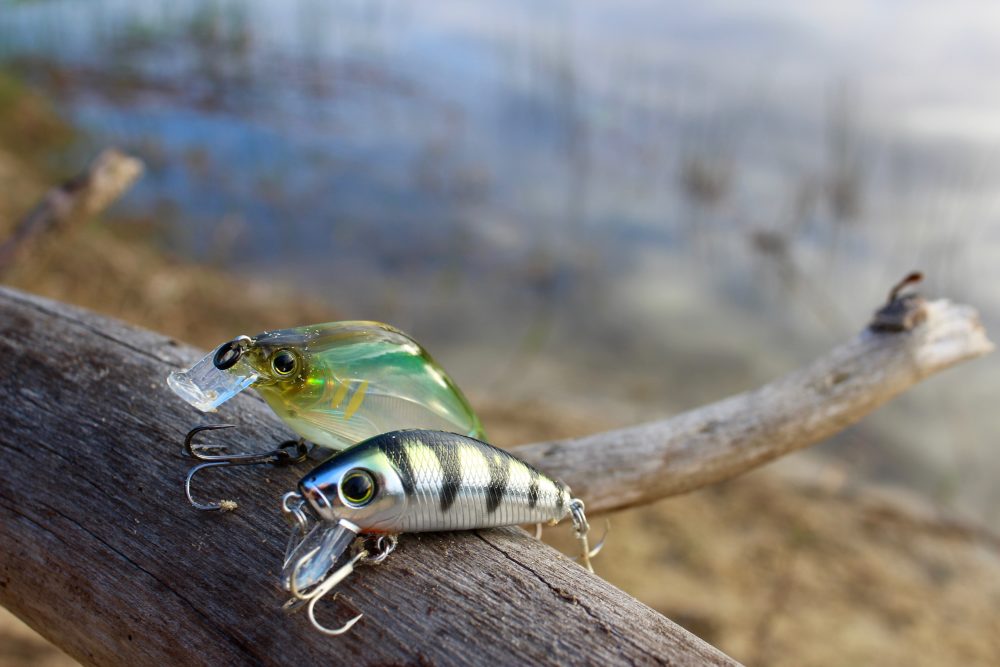Fishing resources and tips for the empowered female angler.
How To Maximize Your Fishing Time Using Artificial Baits
October 7, 2015

Artificial baits and lures, whether hard baits or soft plastics, can often be more productive than live baits when used to their full potential. These handy tackle box trinkets can allow you to explore new areas while using your trolling motor or while just drifting and casting. When you don’t have to spend a significant amount of time rigging and re-rigging baits, this can add up to a significantly greater area covered over the duration of a fishing trip.
Artificial baits and lures are great tools to use when searching a new area to determine where your quarry might be holding up, or for helping you decipher seasonal patterns.
5 Ways To Maximize Your Time Using Artificial Baits
- Try out new areas by casting around the clock before moving locations. In other words, cast in the direction of noon, then one o’clock, then two o’clock, and so on. Do this until you get back to the front of the boat. If you don’t get any bites, then make a move and repeat this same pattern.
- Remember that trolling isn’t only for offshore anglers. You can also troll while fishing freshwater waterways or saltwater inshore estuaries to locate fish. Use smaller plugs when you troll through cuts and drop-offs.
- When you notice a moderate to high concentration of vegetation, choose your artificial baits or lures wisely. This way, you’ll be able to spend more of your time fishing and less time cleaning off your baits. Weedless spoons and swimbaits can be good options.
- When freshwater fishing, consider using spinnerbaits or subsurface plugs as search baits.
- If you are inshore saltwater fishing for spotted seatrout or redfish on the flats, try a gold spoon or walk-the-dog topwater lure.
Have you experienced even better success using artificial baits or lures while fishing than you have with live baits? If so, tell me about it. Comment on this post or head over to the Shefishes2 Facebook page to share your thoughts.